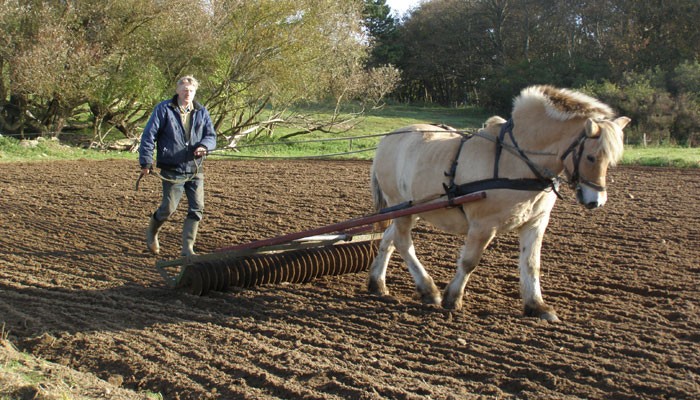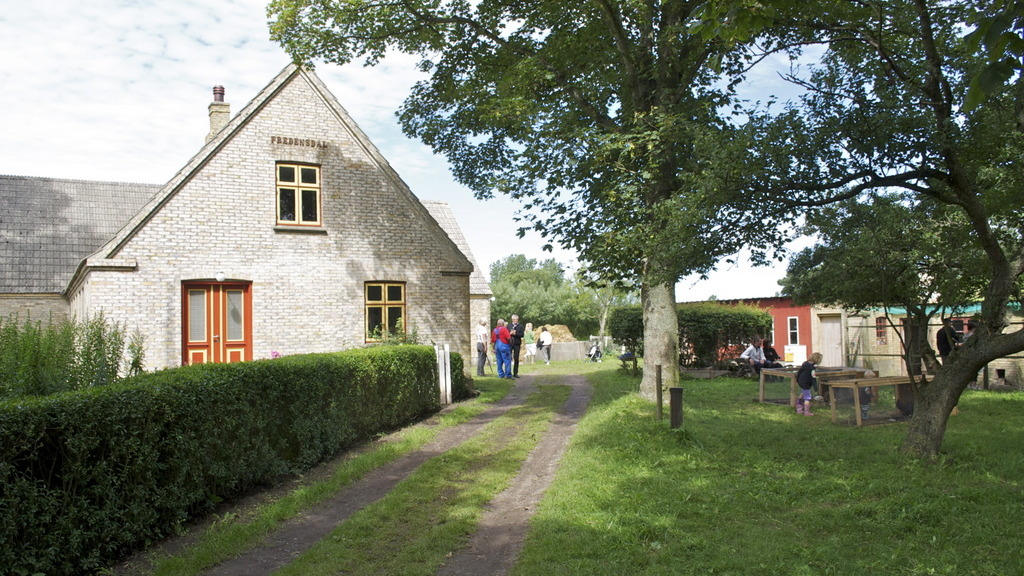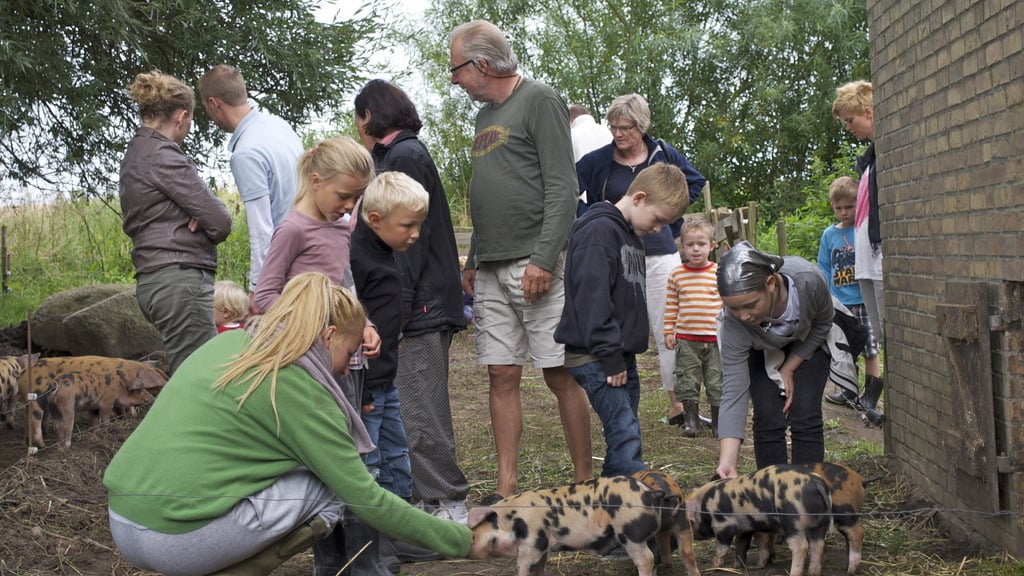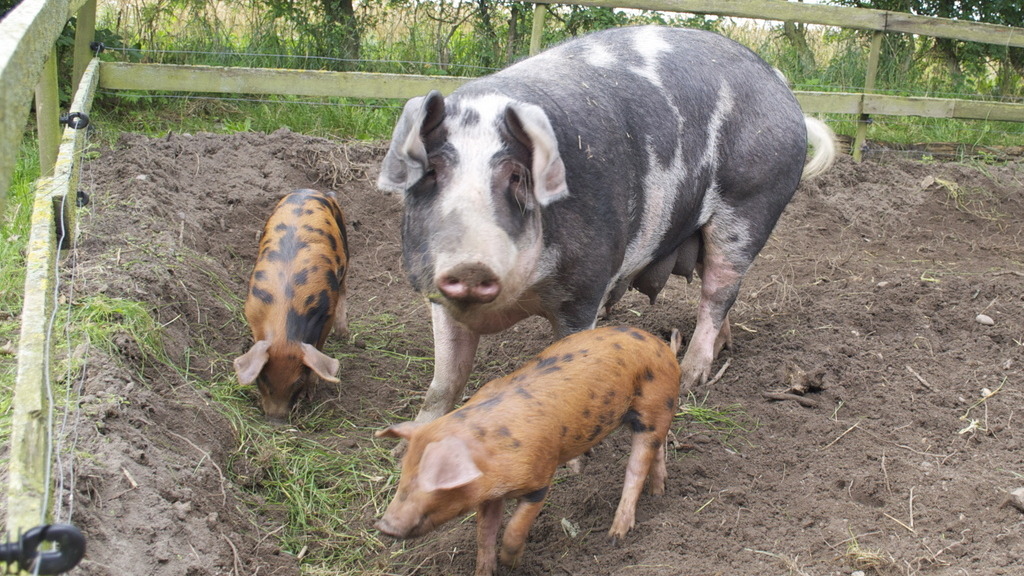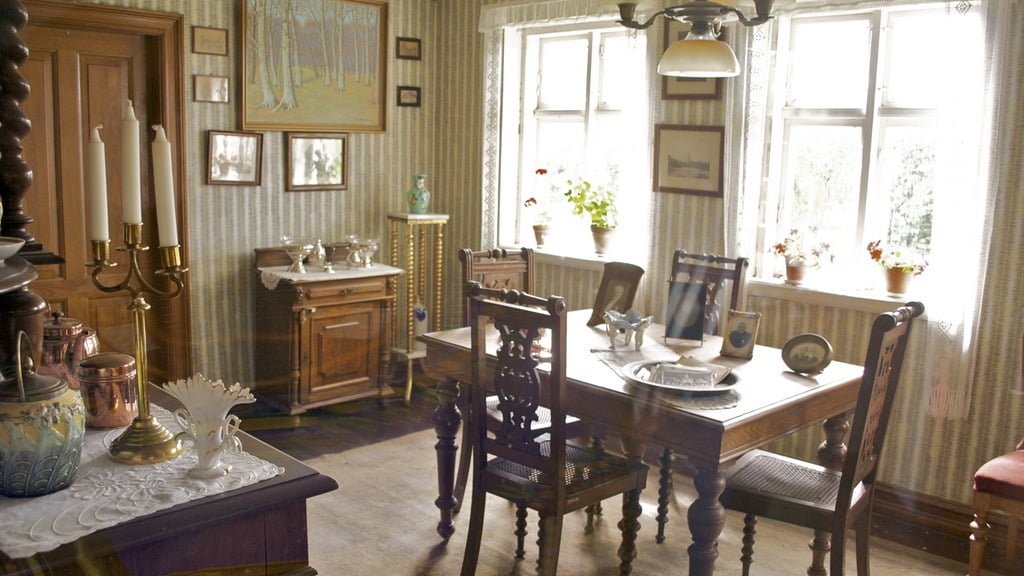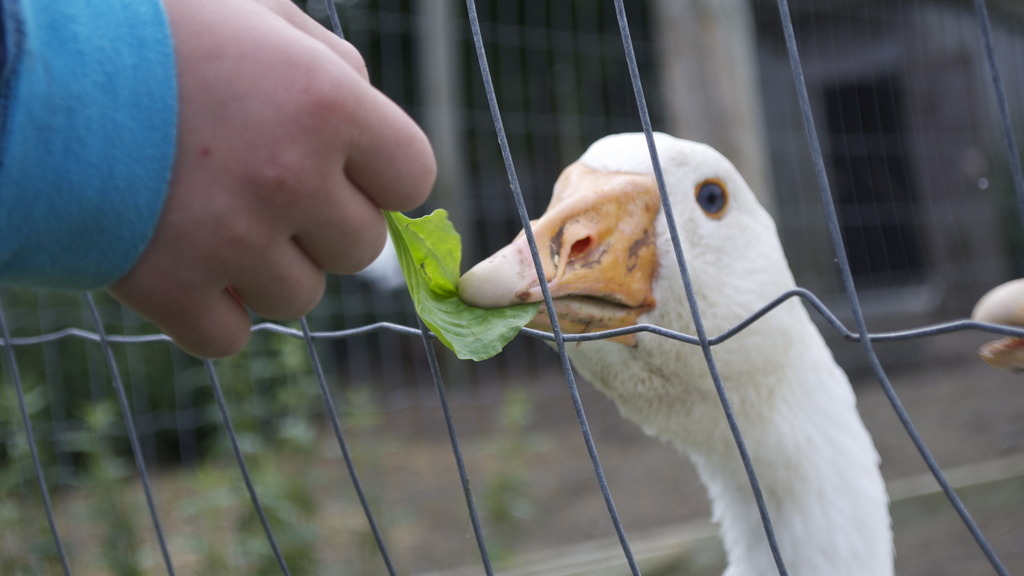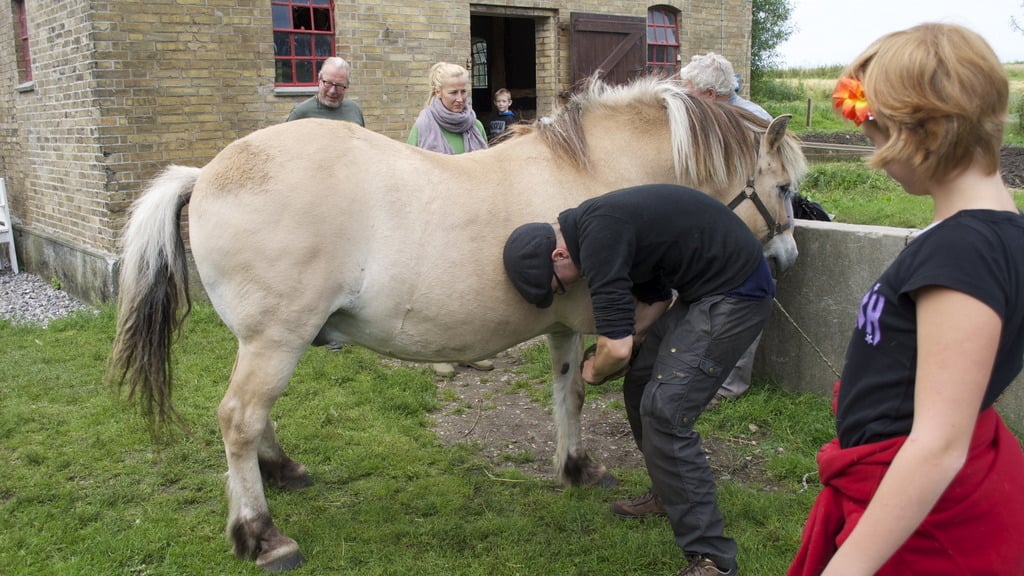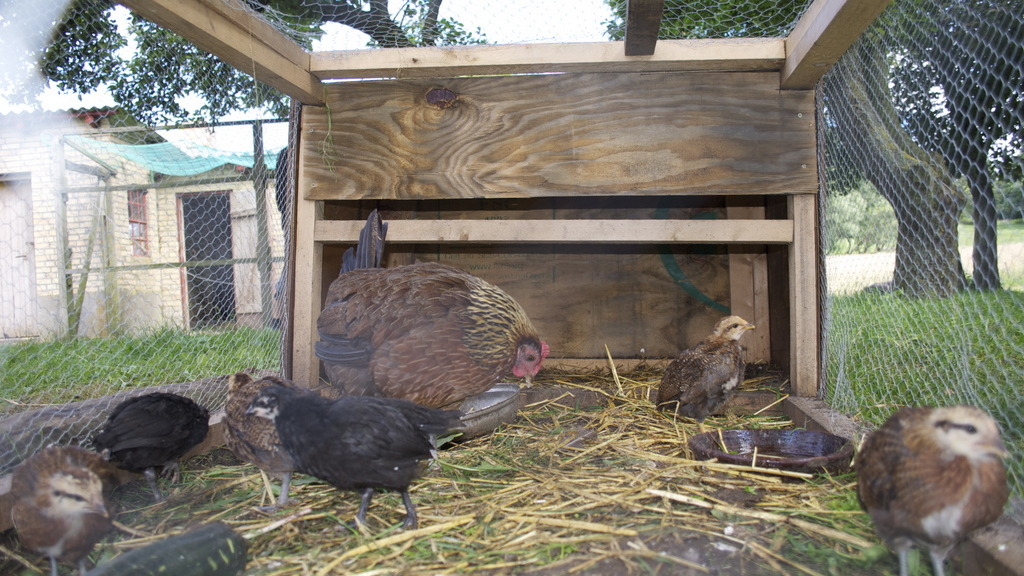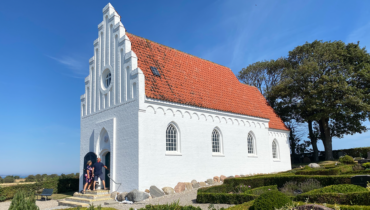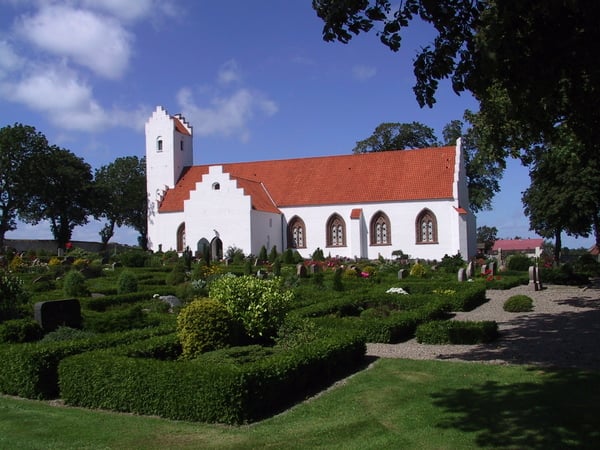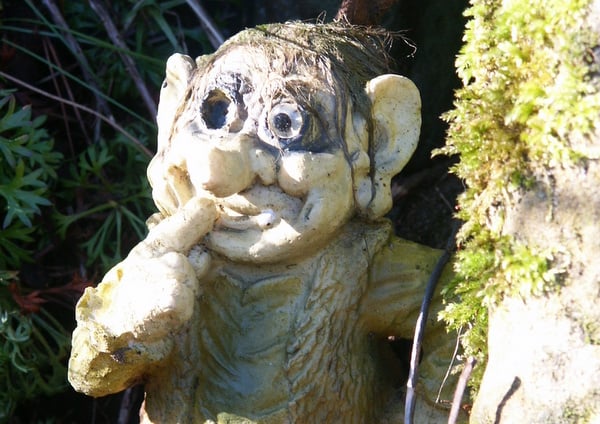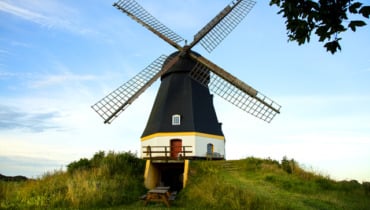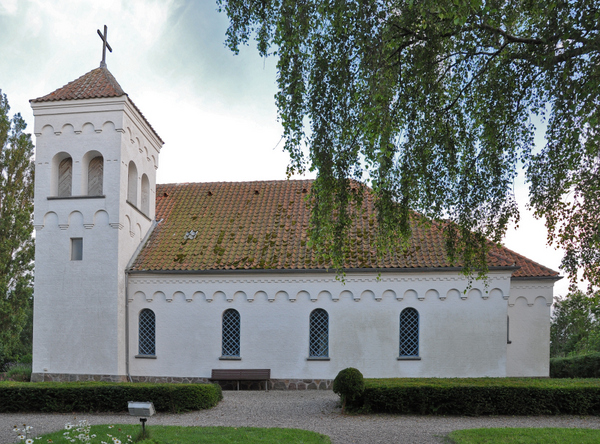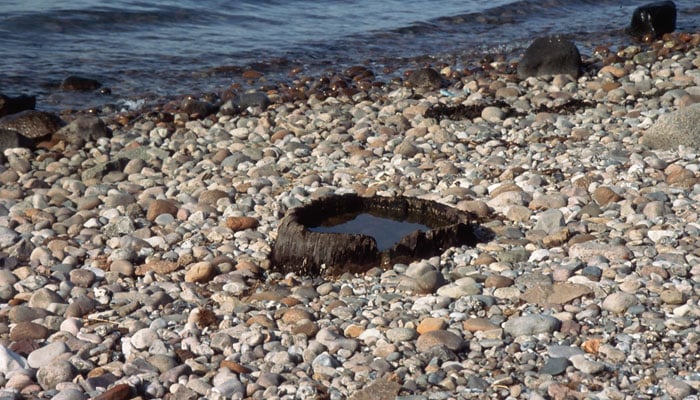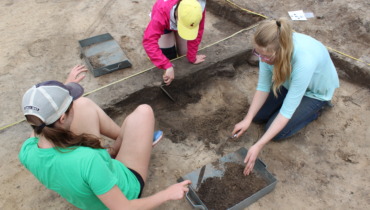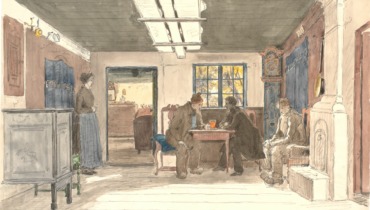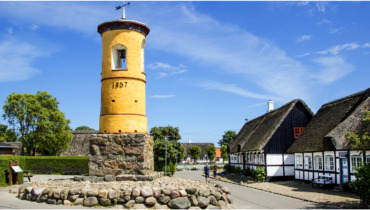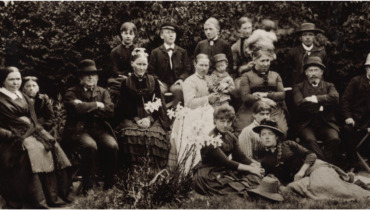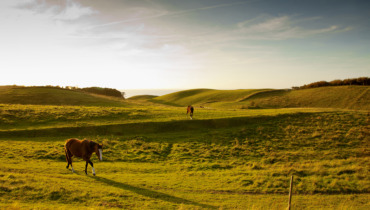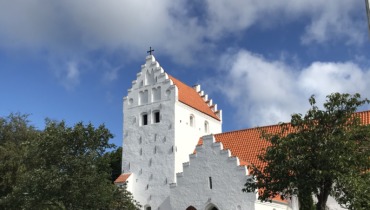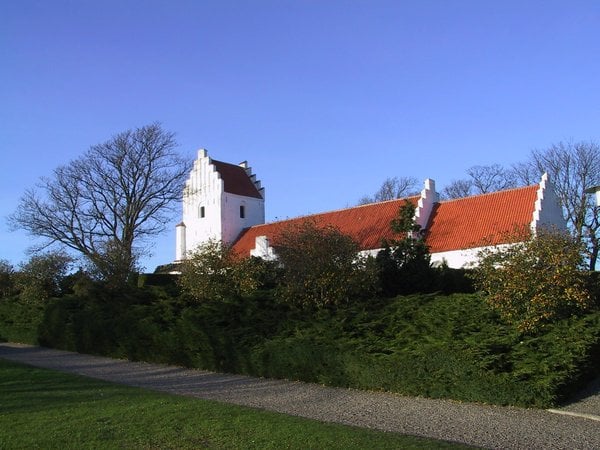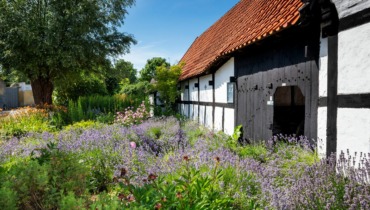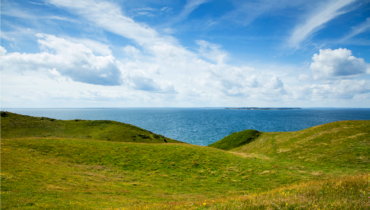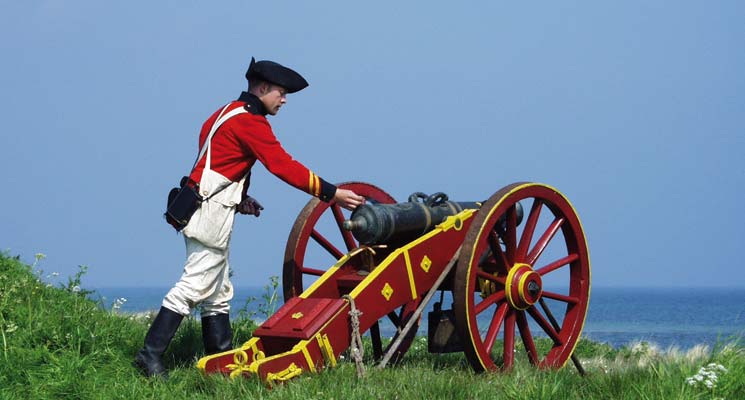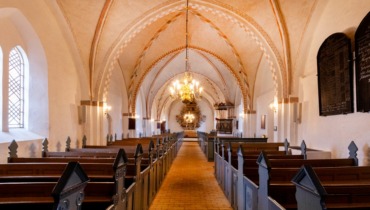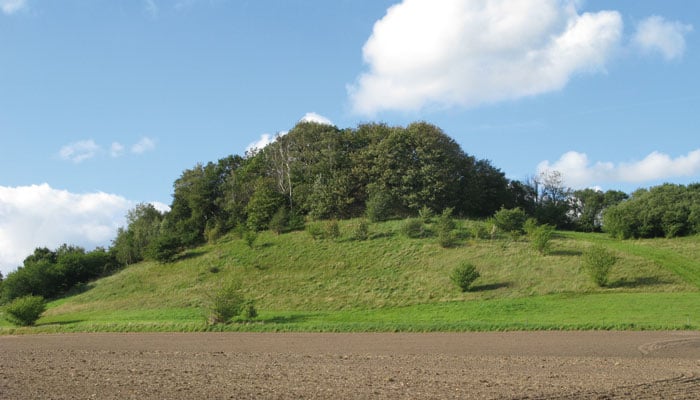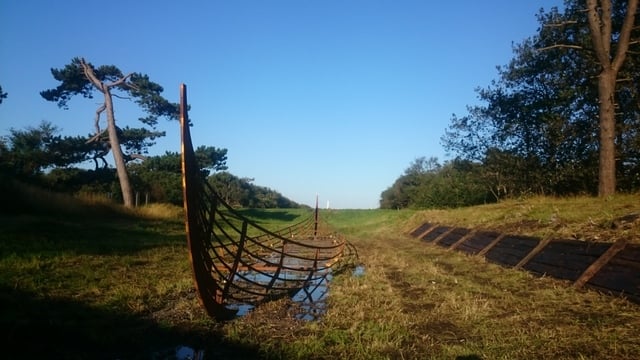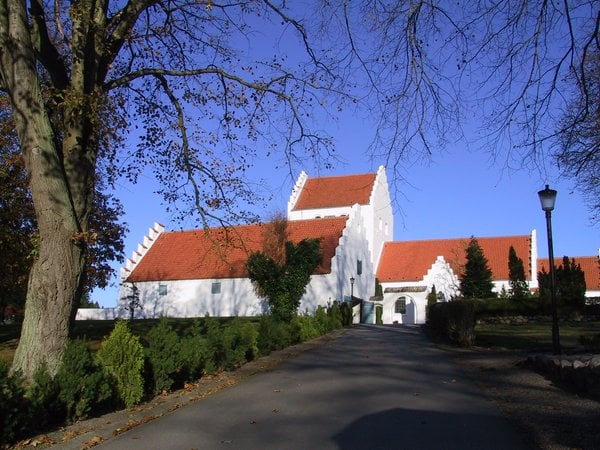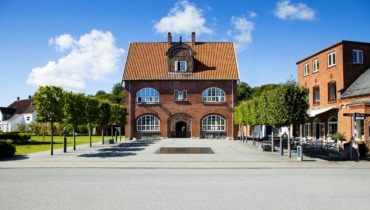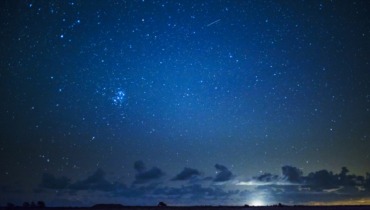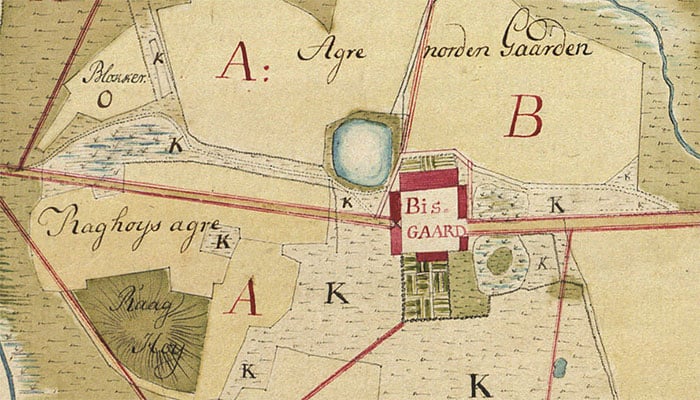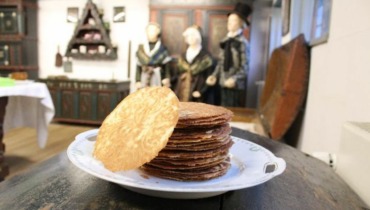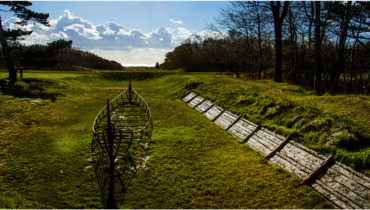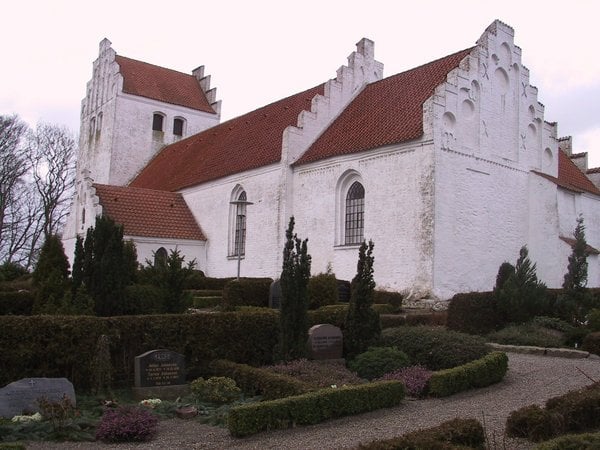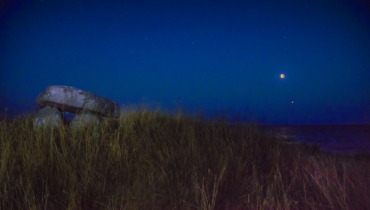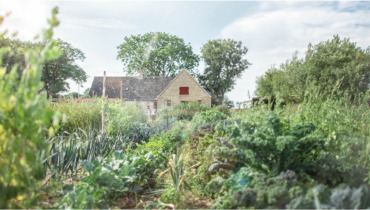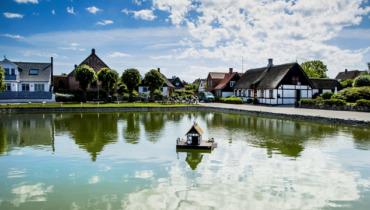Historic agricultural idyll in Vesterløkken
At Fredensdal in Vesterløkken, children can get up close to old Danish livestock and adults can relax and lower their shoulders enjoying the peaceful atmosphere on the farm.
By Naja Kjærgård Laursen, General Manager, Samsø Museum
Near the western coast on the southern part of the island lies a small farm surrounded by fields and backing onto the sea.
“There’s freedom out here,” says Ingrid Nolde, one of the volunteers, who has helped to look after the farm since it became part of the Samsø Museum.
The pale yellow farm is originally a ‘smallholding’ built in 1904 and it provides a unique insight into a typical small family farm. The smallholdings were an important part of Danish agriculture for the majority of the 20th century.
A snapshot in time
The last owner of the farm, Eduard Kjeldmann, made virtually no changes to the place, when he took over from his parents in the 1930s and as a result, the farm appears like a snapshot in time.
”I think it’s really interesting to try to imagine how the owners lived here. What did they do, what did they eat and how did they work the soil?” says Ingrid.
Other than the installation of electric lighting, the living rooms, the kitchen, the dining room and the utility room remain unchanged since the parents’ time. The two bed chambers have been turned into an exhibition, where one can read more about the history of the potato on Samsø and learn about the family’s frugal and resourceful life on Fredensdal.
One of the sources to the smallholding’s history, which Ingrid and the other volunteers make use of, is the very accurate diary, which the first owner Søren Kjeldmann kept from 1909 to 1935. Here he meticulously recorded information such as the type of hedge that was purchased for the plot.
As authentic as possible
Photographs of the house from the 1920s have been discovered, and from these, Ingrid has helped to restore the old ornamental garden with perennials and garden paths:
”We cannot always be sure that the varieties we plant today actually existed on the farm, but we always try to get as close as possible,” explains Ingrid, who isn’t scared of ploughing through archives and older botanical encyclopaedias to find the right plant species.
Asked the question as to why it is so important to restore the place as it once was, Ingrid responds promptly, ”Because otherwise it means nothing!”
On Fredensdal one also finds heritage varieties of old vegetables. Five different kinds of kale and potatoes – and visitors might be lucky to get a taste – or maybe buy a plant and a bag of rare seeds to take home.
Here you are allowed to touch animals
In addition to the historic plant species and heritage vegetable varieties, there are also a number of animals to which visitors can get close. It is usually very popular with the children to pet one of the piglets or to go in search of the cats hiding in the stable. As with all smaller farms from past times there are pigs, cats, goats and poultry. And then there is a herd of red dairy cows grazing in the field.
Fredensdal is part of Samsø Museum but is largely run by knowledgeable volunteers, who are ready to show the place to visitors in the summer months.
See www.samsoemuseum.dk for opening hours and events.
Last updated: 12/08/2020 15:32

